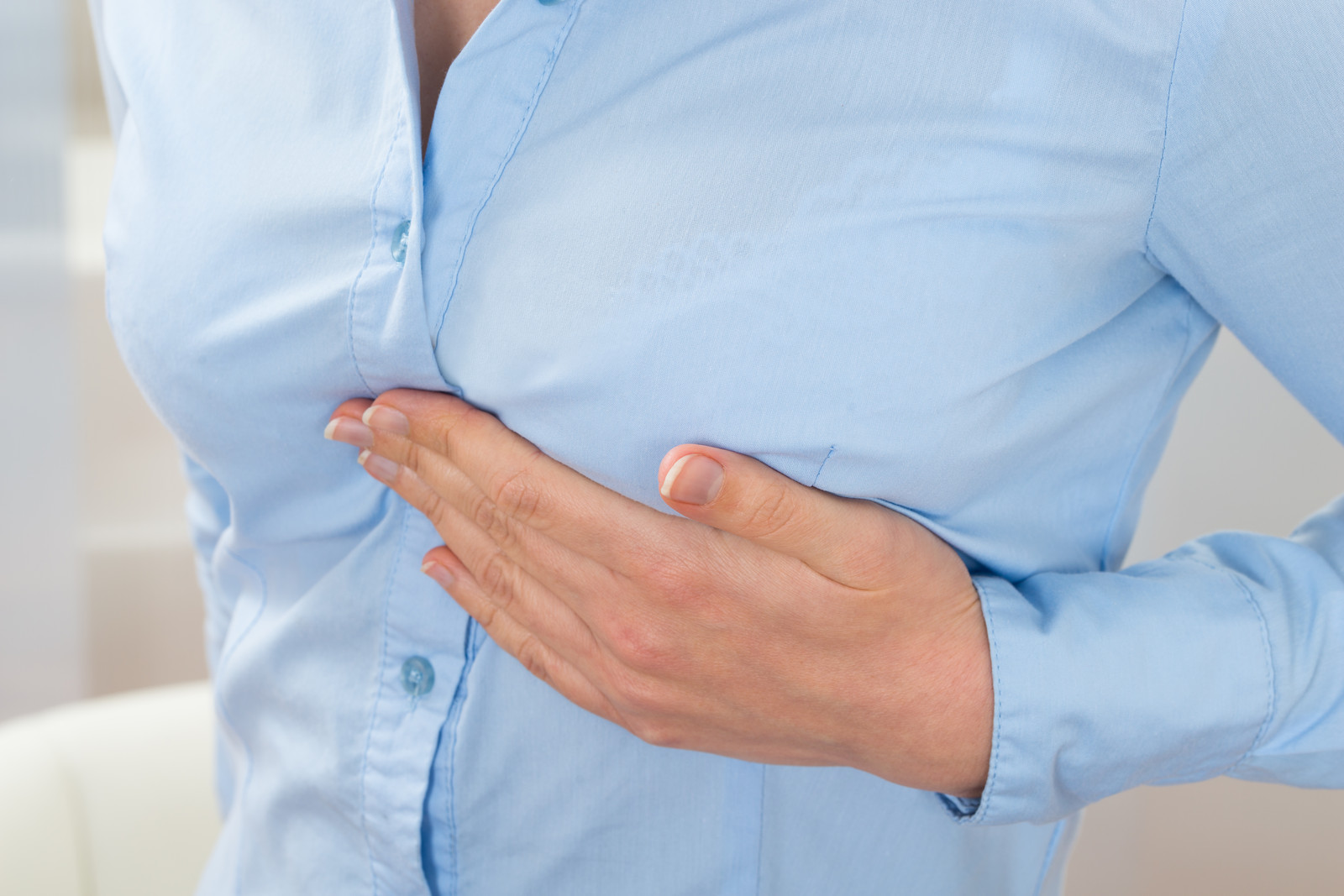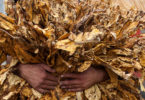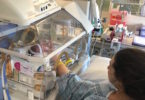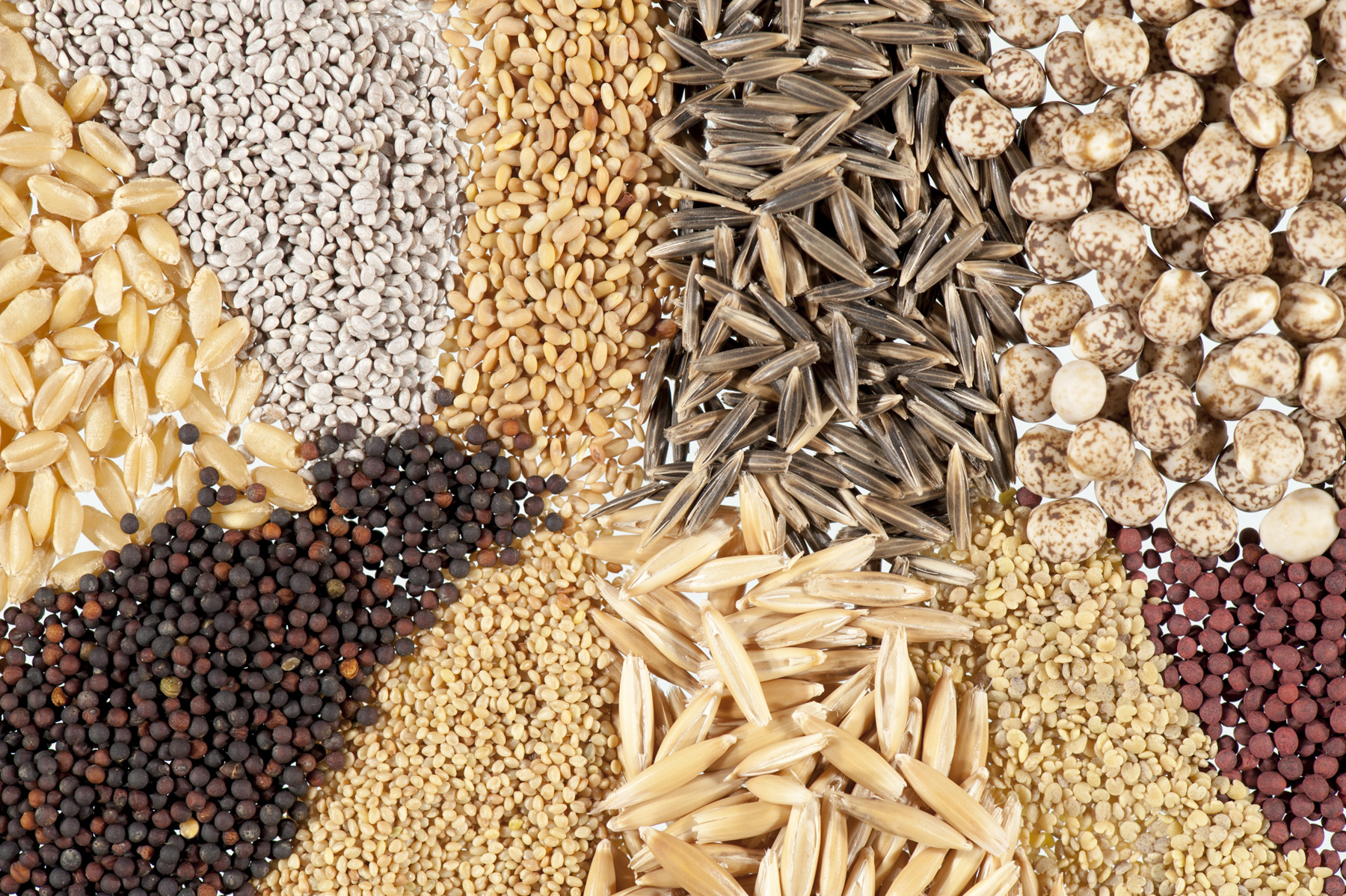Overcome the infection the natural way!
Mastitis is a fairly common problem among first-time mothers. Basically, it’s inflammation of the breast tissue, characterized by a red swollen area, breast lumps, nipple discharge, and a burning pain in the breast. Some women also experience flu-like symptoms.
There are a number of things that can cause mastitis:
- Infrequent nursing
- Babies not properly feeding or latching on during feeding
- Babies having problems sucking
When too much milk builds up in the breasts (a problem known as milk stasis), the milk can become infected with bacteria.
Note: Non-nursing women can develop mastitis as a result of an infected nipple piercing, a sore or cracked nipple, or damage to the nipples.
Most doctors counsel AGAINST taking antibiotics while nursing, as there’s a risk the antibiotics will be passed through the breast milk to your child. So with medications off the table, how else can you treat the problem?
Express breast milk — To prevent and reduce the build-up of milk, it’s important that you are always getting rid of the milk your body produces. This may mean nursing your child more often, finding the right position or angle to ensure that they can get as much milk from the breast as possible. Always start with the affected breast. Don’t worry! The bacteria won’t harm your child–it will be safely eliminated by baby’s digestive system.
But if feeding the little one doesn’t work, you may have to express the milk either by hand or using a pump. Regular massage can help to eliminate any blockages in the milk ducts and prevent the infection from worsening or setting in in the first place.

READ MORE: 9 Breast Growing Foods
Rest — Your body is usually able to fight off the infection on its own, but you need to rest to give it time to heal. A day or two spent in bed will enable your immune system to deal with the infection, especially if you use the other remedies listed here.
Heat — If the breast milk is backed up, there is a risk that the infection has caused inflammation (swelling) in your milk ducts. This may make it hard for the milk to flow, making it more difficult for you to express the milk. Thankfully, a bit of heat will do the trick! Apply a warm/hot cloth to the tender breast, and let the heat soak in and reduce the swelling. After a few minutes, you’ll find the milk usually flows more easily, and there is far less pain.
Drink more fluids — This is for YOUR health, and it helps to get rid of the infection.
Painkillers — If the pain of your breast is very bad, it’s sometimes acceptable to take a small amount of painkillers. Paracetamol and ibuprofen are the two best options, as in small doses, they are mostly safe for your child. DO NOT take aspirin while breastfeeding!
Visit your doctor —If the pain persists for more than a day or two, even after trying all the remedies listed above, it may be time to visit your doctor. They will do an inspection of the breast and figure out if it’s an actual bacterial infection, or just swelling. If there is bacteria, you may need to take an antibiotic. Your doctor will counsel you on which antibiotic to take, as well as how to proceed feeding your baby while taking the medication.
Mastitis can be painful, but it doesn’t have to be serious! Understanding your mastitis treatment options will help you to know how to deal with the inflammation and infection before it gets out of hand.








